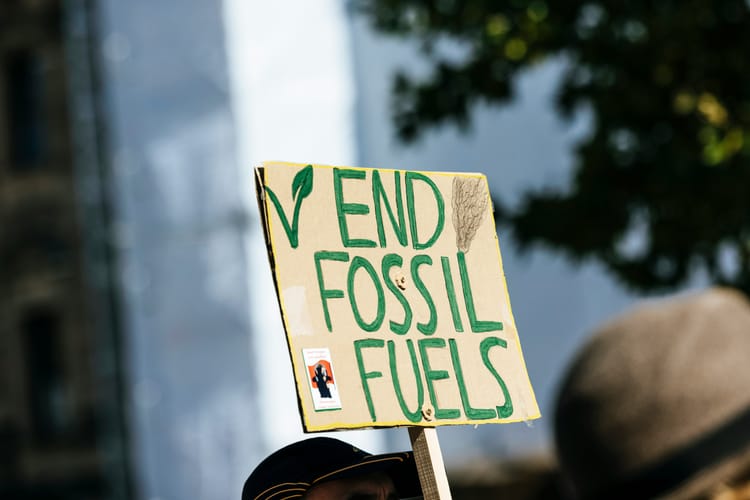Critical minerals market concentration could jeopardise energy transition

With the market share of top critical minerals producers creeping up year on year, the International Energy Agency (IEA) warns that supply chain disruptions could jeopardise energy security as the world transitions to net zero.
The IEA’s latest Global Critical Minerals Outlook finds that despite the fact that diversification is seen as key to energy security, the critical minerals market is becoming more concentrated. The average market share of the top three producers of copper, lithium, nickel, cobalt, graphite and rare earth elements rose to 86% in 2024 from around 82% in 2020.
Additionally, almost all supply growth is coming from the single top supplier: Indonesia for nickel, and China for all other minerals. With climate risk and trade restrictions on the rise, this type of concentration is seen as a real threat to future supply.
“In a world of high geopolitical tensions, critical minerals have emerged as a frontline issue in safeguarding global energy and economic security,” said IEA Executive Director Fatih Birol. “This new analysis reviews what is at stake and what needs to be done to improve the resilience and diversity of critical mineral supply chains – a key concern for ensuring the reliability, affordability and sustainability of energy in the 21st century.”
Critical minerals supply diversification set to be slow
Regulators are waking up to these risks and taking policy measures to mitigate them: in Europe, for instance, the Critical Raw Materials Act sets 2030 targets for critical minerals: 10% of the EU's annual needs for extraction should come from the bloc; 40% for processing and 25% for recycling.
On top of that, no more than 65% of the EU’s annual needs of each strategic raw material should come from a single third country by the end of the decade.
But IEA analysis of announced projects suggests that the path to supply diversification will be slow: based on today’s policy settings and investment trends, the average share of the top three suppliers is set to decline only marginally over the next decade, going back to 2020 concentration levels.
“Even in a well-supplied market, critical mineral supply chains can be highly vulnerable to supply shocks, be they from extreme weather, a technical failure or trade disruptions,” Birol added. “The impact of a supply shock can be far-reaching, bringing higher prices for consumers and reducing industrial competitiveness.”
Supply and demand risks
Demand for critical minerals, which are used in power transmission and batteries, has grown rapidly in recent years as countries and companies began to embrace electrification, both for power and transportation.
Lithium demand, for example, rose by nearly 30% in 2024, tripling the 10% annual growth rate it saw throughout the 2010s. But ramped up production, particularly in China, Indonesia and parts of Africa, has led to a drop in prices, especially for battery metals.
However, the report also highlights risks around supply and demand balances, with investment in critical minerals having grown by just 5% in 2024, down from 14% the previous year. Exploration activity also plateaued in 2024, after a continuous increase since 2020, while startup funding showed signs of a slowdown.
Copper, in particular. could face a 30% supply deficit by 2035, according to the IEA. Recent reports suggest that new battery chemistries are displacing demand for cobalt and nickel, though lithium is set to remain a crucial battery component.







Member discussion